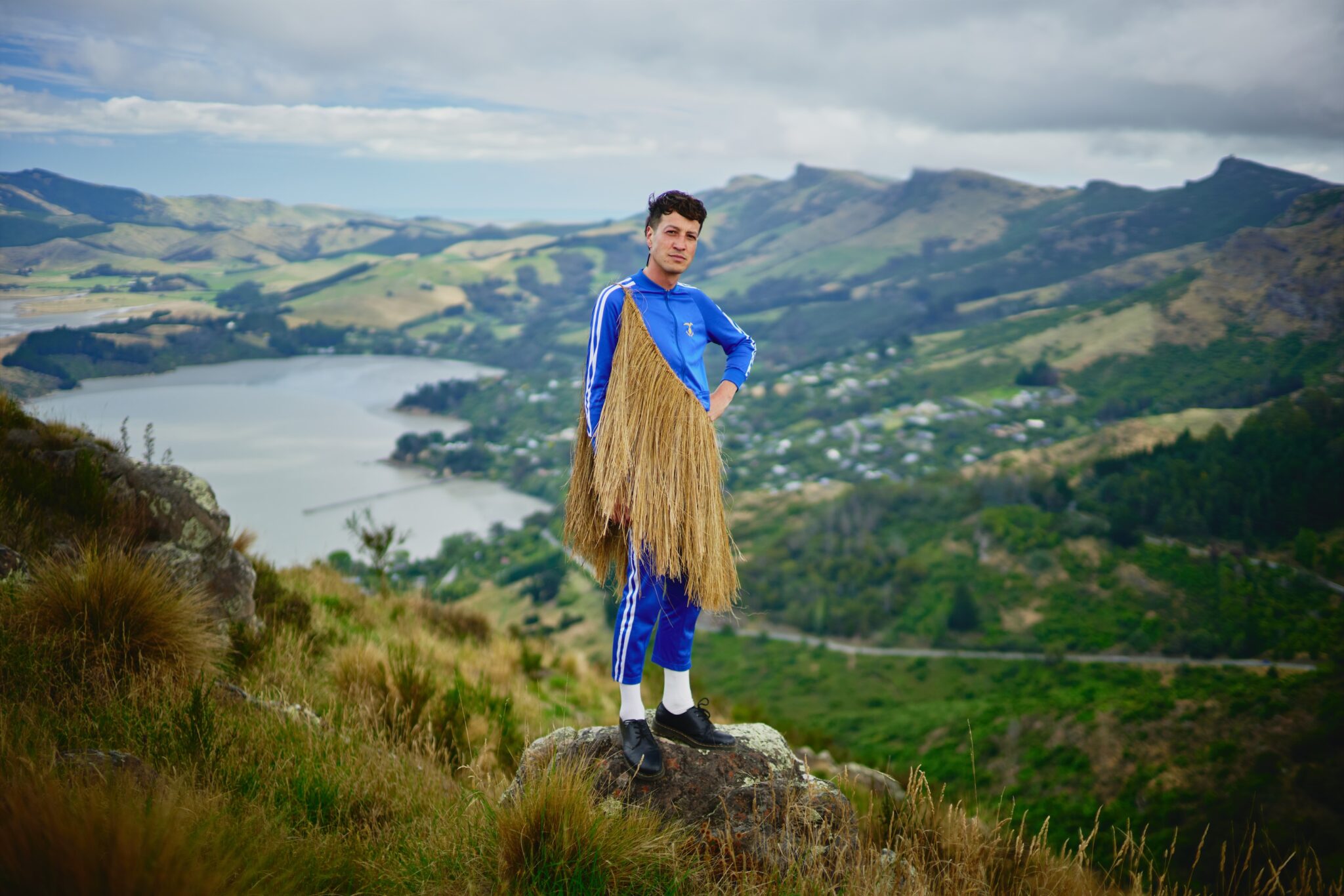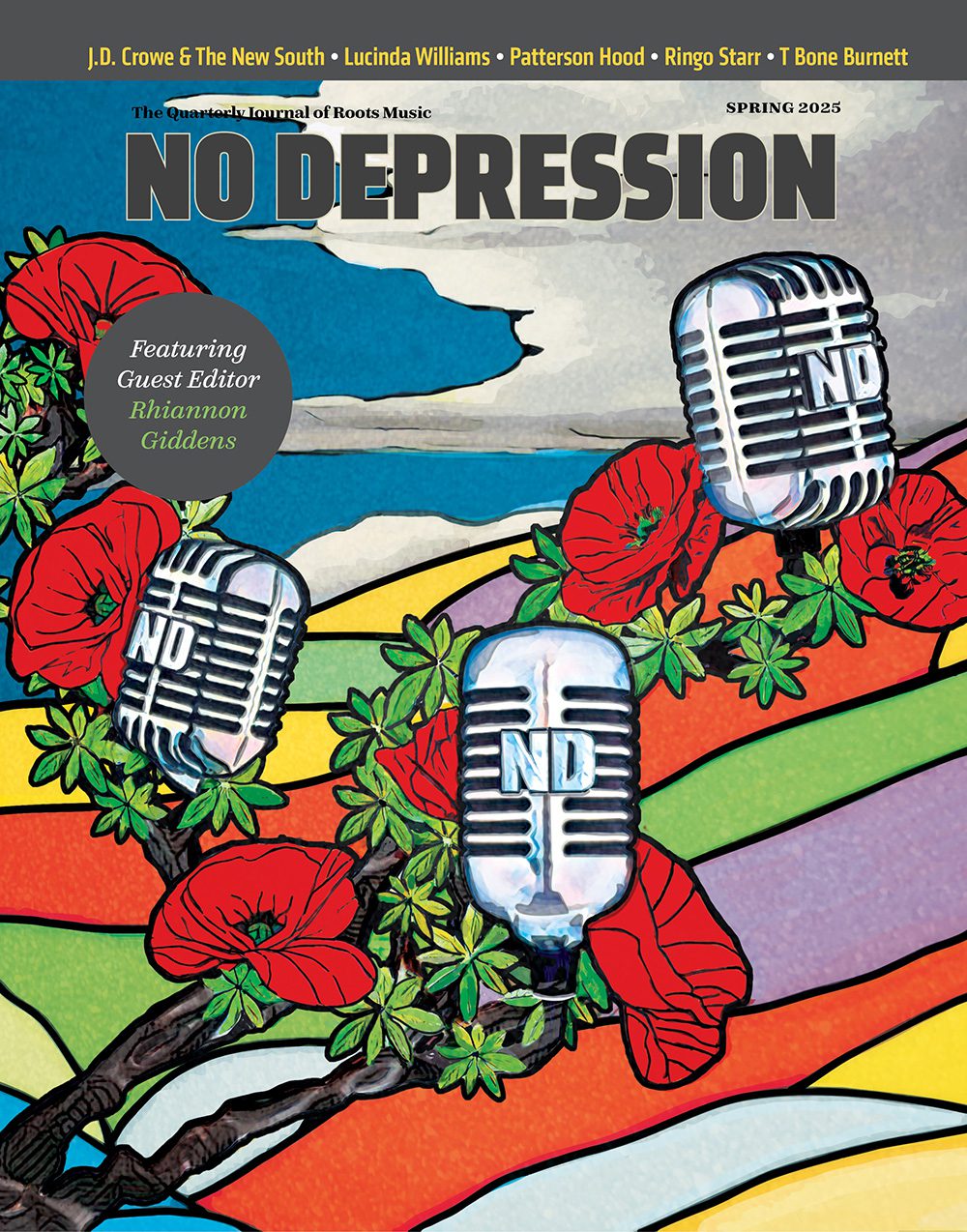In The Deep End With … Marlon Williams

Marlon Williams (photo by Steven Marr)
Earlier this month, New Zealand/Aotearoa singer-songwriter Marlon Williams released his fourth studio album. A noted collaborator, Williams has also released four record co-written and released with artists like Delaney Davidson, Tami Neilson, and Kacy & Clayton. This new music holds particular significance to Williams, though: Te Whare Tīwekaweka is his first sung entirely in the Māori language.
Over the five years it took Williams to complete Te Whare Tīwekaweka, he enlisted musical partners from across the region (both Indigenous and not), including co-producer Mark Perkins (Te Whānau-ā-Apanui), the He Waka Kōtuia singers, pop star Lorde, and artist/poet/professor KOMMI (Kāi Tahu, Te-Āti-Awa). Musically, the album opens with the striking, a cappella “E Mawehe Ana Au” before swelling into a gorgeous blend of contemporary and traditional sounds. Williams’ voice shifts and soars throughout the 14 tracks — at times graceful and evocative of his earliest days singing in choir and at times defiant and proud.
After Te Whare Tīwekaweka had been released to the world for about a week, No Depression checked in with Williams to learn more about his experiences in Māori history, language, and music and how they contributed to this record. Like other stories in our “In the Deep End With …” series, questions start easy and get progressively deeper. Answers have been edited for style and clarity. Responses from Williams have been edited for length and clarity.
Will you please tell readers, many of whom are in North America, where you’re from and a little about Māori history there? Was this ancestry an important and/or prominent part of your life growing up?
In New Zealand, the native population are called Māori. Māori migrated there from across Polynesia around 800 years ago. New Zealand’s founding document is a treaty between Māori and the British crown. I went to a total immersion pre-school and sang a lot of Māori songs growing up, but lost touch with the language until later in life.
Why decide to write an entire te reo Māori language LP and why do so now? What were some of the challenges/frustrations/breakthrough successes of creating in a non-native language, and one that only thousands of people understand?
A few things lead to making this record when I did. First and foremost, I was spending more time back in New Zealand after having been away touring a long while. I really tried to think about the writing in a pragmatic, first principles kind of way; even in English, I tend to write phonetically — letting the sound dictate the words and meaning as opposed to the other way around. That approach, along with the fact that I had a fluent collaborator in KOMMI, really allowed me to get it done.
What was the process like to try to navigate the language in terms of writing lyrics? How did you balance elements of such ancient cultures with contemporary roots musical stylings? How did you blend the music that’s defined your career so far — with elements of country and folk and pop — with traditional Indigenous choirs/voicings/melodies?
It was a very deliberate choice to work with my longtime band The Yarra Benders, despite them being non-Māori. I didn’t want the record to feel like too much of a departure from the rest of my output. It was important to strike the right balance between old and new. Lyrically, within te reo Māori, there is a fair bit of variation between northern and southern regional dialects, as well as between ancient Māori terms and concepts and modern transliterations (e.g. hītori for history).
Will you tell us a little about the forthcoming documentary about you and this record titled Ngā Ao E Rua – Two Worlds? There’s a line in the trailer in which you say, “With every record, you hope that you’re rediscovering music again.” What have you found this time around?
[The film crew, directed by Ursula Grace Williams] followed me around the world for nearly five years as I did a bunch of touring and then came in for the writing and recording processes [of Te Whare Tīwekaweka], too. To put it really simply, I think it was just a fascinating new medium that really made some new messages; the concepts, the humor, the way the inherent phonetics and phrasing pushed the writing around.
We actually spoke for a story about your collaborative record with Kacy & Clayton, Plastic Bouquet, that ran in the Winter 2020 “All Together Now” issue of No Depression. Maybe there was just no reason to talk about identity on that press cycle, but it also seems like being Māori was not necessarily something you have been particularly open about until recently? Is that a correct assessment? If so, what (re?)connected you with Māori culture and identity? Why is it important to you to help preserve and share?
It’s certainly not something I’ve been intentionally guarded about or anything like that. To be honest, I find a lot of the common discourse around identity pretty unrelatable, I think I’m naturally suspicious of that sort of revelatory, almost religious “finding oneself” feeling; it feels suspiciously clean and simple. It’s important to me to preserve and share because there are meaningful modes of existence inherent in it that are precious to our people, and also, like many indigenous cultures, there’s a lot the rest of the world could and would do well to learn.
Marlon Williams’ first Māori-langauge album, Te Whare Tīwekaweka, was released April 4, 2025 via Secretly Distribution.




